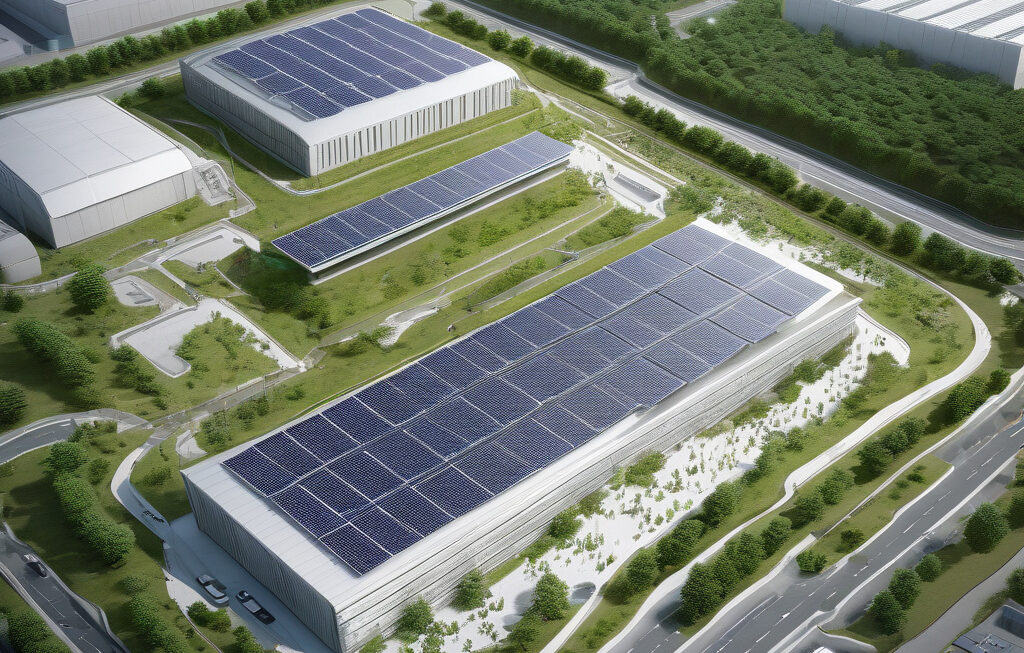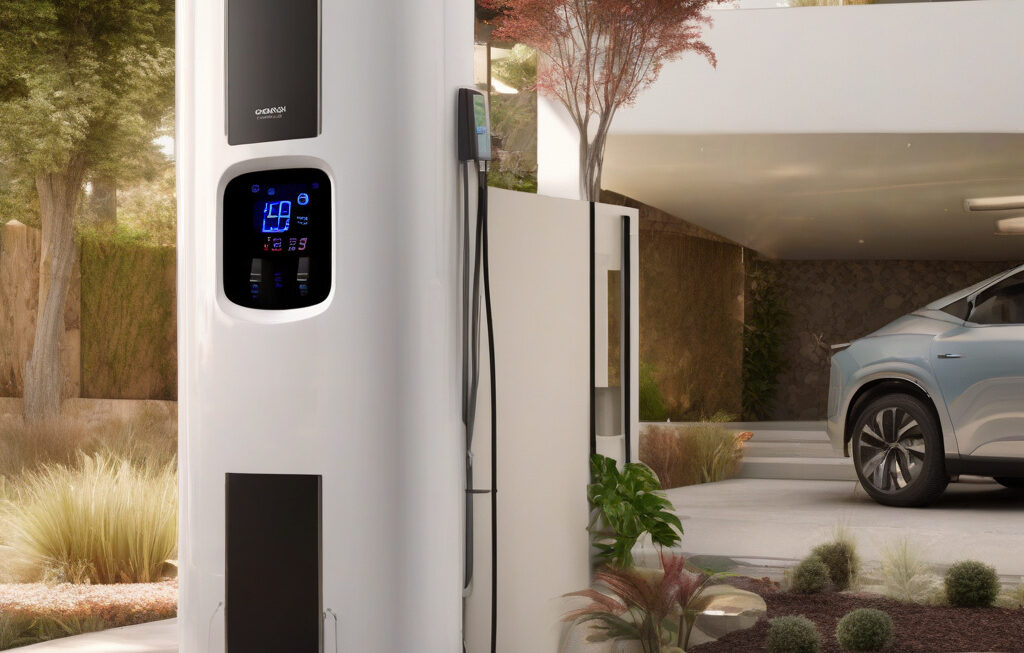Game-Changing US Air Conditioner Cuts Peak Demand 90% and Cooling Bills 45%
A new air-conditioning system co-developed by the National Renewable Energy Laboratory (NREL) and Blue Frontier is revolutionizing the way we cool our homes and businesses. This innovative technology not only provides superior cooling capabilities but also significantly reduces peak energy demand by an impressive 90% and slashes cooling bills by 45%. The implications of this game-changing air conditioner extend far beyond individual comfort; it has the potential to transform the energy landscape and contribute to a more sustainable future.
Traditional air conditioners are notorious for their high energy consumption, especially during peak demand periods when electricity costs are at their highest. This new system, however, employs cutting-edge design and technology to deliver exceptional cooling performance while drastically reducing energy usage. By incorporating advanced features such as variable-speed compressors, thermal energy storage, and smart controls, the NREL and Blue Frontier collaboration has achieved a remarkable feat in energy efficiency.
One of the key highlights of this innovative air conditioner is its ability to adapt to fluctuating cooling needs without compromising comfort. The variable-speed compressors allow the system to adjust its output based on real-time conditions, ensuring optimal performance while consuming only the necessary amount of energy. This dynamic functionality not only enhances user experience but also plays a crucial role in alleviating strain on the grid during peak demand periods.
Moreover, the integration of thermal energy storage technology enables the air conditioner to store excess energy when demand is low and utilize it during peak hours. This not only reduces the need for additional energy generation but also helps to stabilize the grid by balancing supply and demand more effectively. As a result, not only are consumers benefitting from lower cooling bills, but the overall energy system is also becoming more resilient and efficient.
In addition to its impressive energy-saving capabilities, this new air-conditioning system is also environmentally friendly. By reducing energy consumption and peak demand, it helps to lower carbon emissions and mitigate the impact of air conditioning on climate change. As the world grapples with the challenges of global warming, innovations like this offer a ray of hope by demonstrating that sustainable solutions are not only possible but also economically viable.
The potential of this groundbreaking technology extends beyond residential applications to commercial and industrial sectors as well. By implementing this energy-efficient air-conditioning system on a larger scale, businesses can significantly reduce their operating costs and environmental footprint. In a world where sustainability and cost-effectiveness are increasingly intertwined, this innovation presents a compelling case for adopting clean energy solutions.
As we look to the future of cooling technology, it is clear that advancements like the NREL and Blue Frontier air conditioner are paving the way for a more sustainable and efficient industry. By reimagining the traditional air-conditioning paradigm and pushing the boundaries of innovation, this game-changing system has set a new standard for energy efficiency and performance. With its ability to cut peak demand by 90% and cooling bills by 45%, it is not just a step forward; it is a leap towards a greener, more sustainable future.
energyefficiency, sustainabletechnology, coolinginnovation, environmentalimpact, greenfuture












